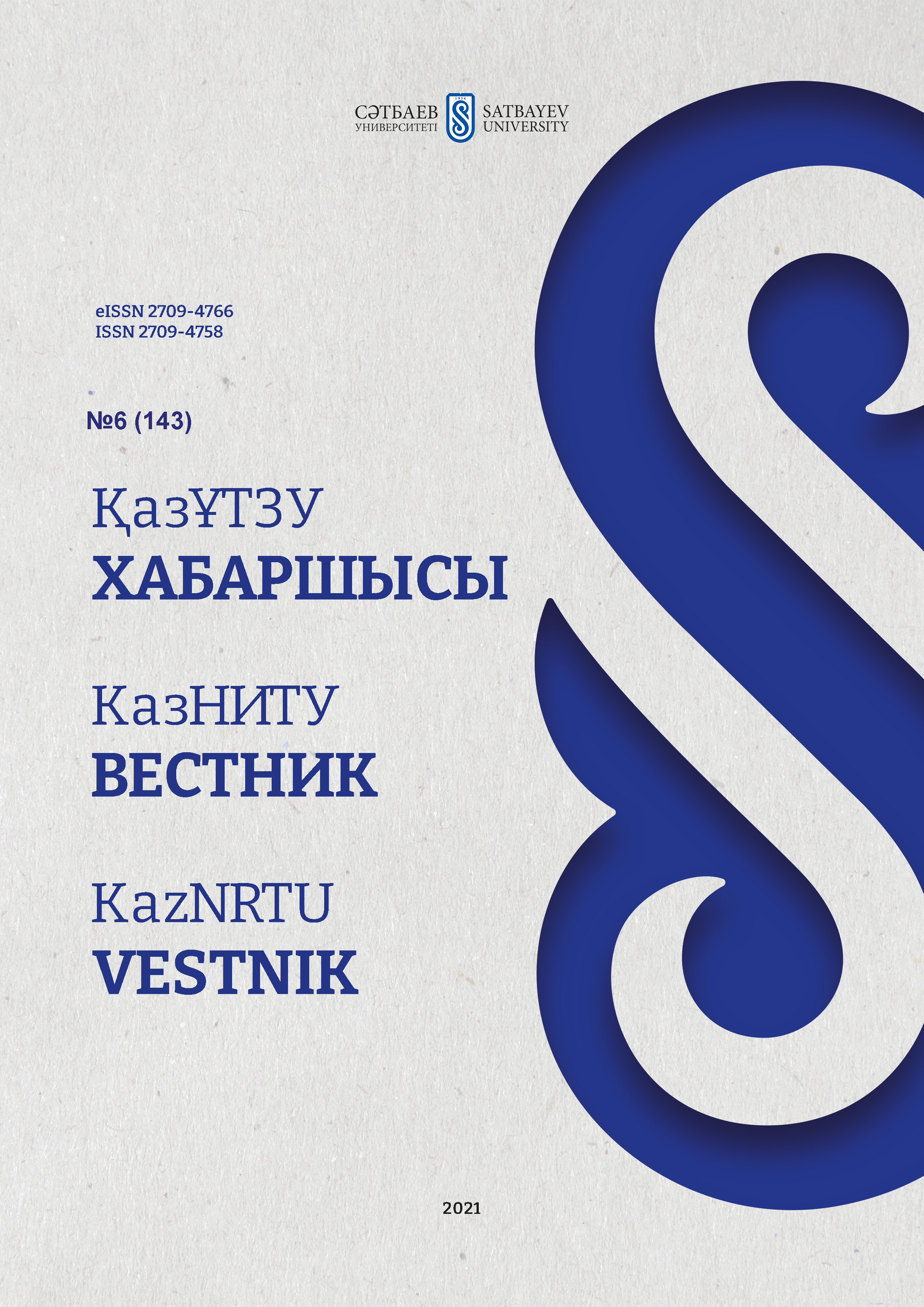Comprehensive research of drill sludge one of the enterprises of JSC «NAC «KazAtomProm»
DOI:
https://doi.org/10.51301/vest.su.2021.i6.12Keywords:
drilling mud, soil, radionuclides, chemical composition, mineralogical composition, toxicity, hazard class, hazard level.Abstract
The Republic of Kazakhstan ranks first in the world in the extraction of natural uranium by underground borehole leaching. During drilling and construction of technological wells, drilling mud is formed, which is the main waste product of uranium mining enterprises. The issues of utilization of drilling mud, its secondary processing and possible use in various sectors of the national economy are relevant for the mining and oil-producing industries. A comprehensive study of soil samples and drilling cuttings of several uranium mining enterprises of JSC "NAC "Kazatomprom"was carried out. The results of radiological studies of drilling mud samples allow us to refer them to materials that can be used in road construction. Soil and drill cuttings have a similar component composition, the content of toxic metals in them is very small. Determination of the hazard class of drilling mud by the calculation method was carried out using the data of chemical and mineralogical analysis due to the fact that the main components of drilling mud are presented in its composition in a bound form, in the form of natural minerals. The calculated total hazard index makes it possible to assign the studied samples of drilling mud to hazard class 4 and 5 according to GOST 30774-2001. The results of the toxicological experiment on warm-blooded animals confirm the data of the calculation method. The DL50 parameter was higher than 5000 mg / kg, which refers all samples of soil and drilling mud to hazard class 4 according to GOST 12.1.007-76. A promising method of utilization of drilling cuttings is to use them as secondary raw materials for the manufacture of building materials, soil mixtures, materials for filling roads, which will reduce the volume of natural resources used in construction. We consider it appropriate to conduct further studies of drilling cuttings aimed at finding ways to dispose of them.
Downloads
Published
How to Cite
Issue
Section
License
Copyright (c) 2021 VESTNIK KAZNRTU

This work is licensed under a Creative Commons Attribution-NonCommercial-NoDerivatives 4.0 International License.
<div class="pkpfooter-son">
<a rel="license" href="http://creativecommons.org/licenses/by-nc/4.0/"><img alt="Creative Commons License" style="border-width:0" src="https://i.creativecommons.org/l/by-nc/4.0/80x15.png"></a><br>This work is licensed under a <a rel="license" href="http://creativecommons.org/licenses/by-nc/4.0/">Creative Commons Attribution-NonCommercial 4.0 International License</a>.
</div>





